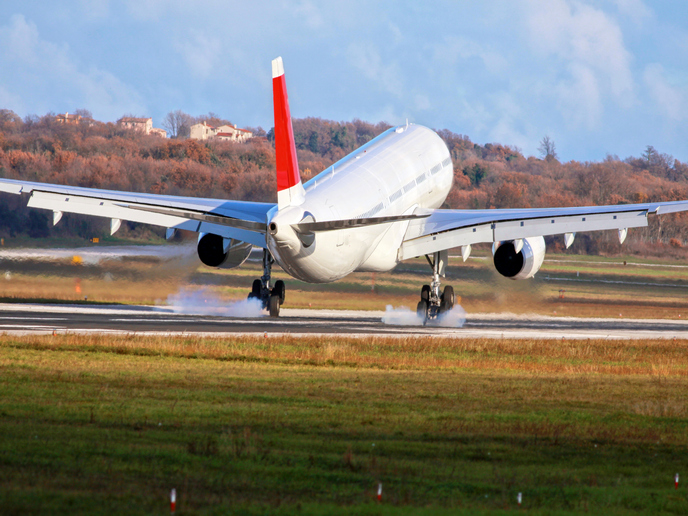A flying start for virtual air traffic control and tomorrow’s controllers
Commercial air traffic in Europe could grow by over 50 % by 2040, according to a EUROCONTROL study(opens in new window), placing capacity burdens on an overstretched air traffic management (ATM) system. A further challenge is the system’s fragmentation. Some 65 air traffic control (ATC) centres cover up to 750 sectors in European airspace on any given day. Unless Europe’s ATM is modernised, some 160 million passengers annually may be unable to fly by 2040. “Two innovative solutions we successfully explored were virtual ATC centres, and ensuring that air traffic controllers make optimal use of all the latest tools available to them,” says Richard Beaulieu, coordinator of the EU’s PJ16 CWP HMI(opens in new window) project. The 3-year project, featuring 21 partners from the public and private sectors, was funded within the framework of the SESAR Joint Undertaking(opens in new window), a public-private partnership set up to modernise Europe’s ATM system.
Virtual ATC centres
One key way to optimise Europe’s airspace is through virtual centres, so that the air traffic services of a given airspace provided by one navigation service provider can be moved to another. “Virtual centres enable greater ATM flexibility, through the geographical and organisational decoupling of ATM data services – such as flight data, radar, voice and weather information. This allows more seamless and cost-efficient service provision to airlines and other airspace users,” notes Beaulieu, ATM system engineer at the project’s lead partner Thales LAS France SAS(opens in new window) in France. Virtual centres would be a huge advance on the original ATC centres, which were set up in each EU Member State and built close to radars or radio antennas. Over time, this sectorised approach to managing Europe’s air traffic has geographically limited the system and prevented it from accommodating traffic dynamically. Beaulieu highlighted an October 2019 demonstration of seven air navigation service providers (ANSPs) transferring airspace and flights between one another. It underlined the potential benefits of interoperability, cost-effectiveness and flexible service provision for Europe’s ATM.
Customising the human machine interface for controllers
The project also looked at ways to assist European air traffic controllers. Every day, they occupy some 1 400 to 2 250 controller working positions (CWP) in ATC centres and airport towers. Work included developing a new human machine interface (HMI) to help controllers interact more efficiently with their computers. “We found that controllers can do their job and handle traffic normally using the new HMI/virtualised CWP – making use of the latest tools such as multitouch inputs, automatic speech recognition, attention guidance and user profile management systems,” says Beaulieu. All the tools, some of which are partially used today by controllers, were rated positively. For instance, the speech recognition pack correctly interprets up to 90 % of all communications. “These new methods of interacting with the HMI will really benefit controllers, notably increasing their productivity and situational awareness while reducing their workload and stress level,” concludes Beaulieu. Further research on this CWP technology and virtual ATC centres is planned under next-step SESAR projects.







